LaTeX templates and examples — International Languages
Recent
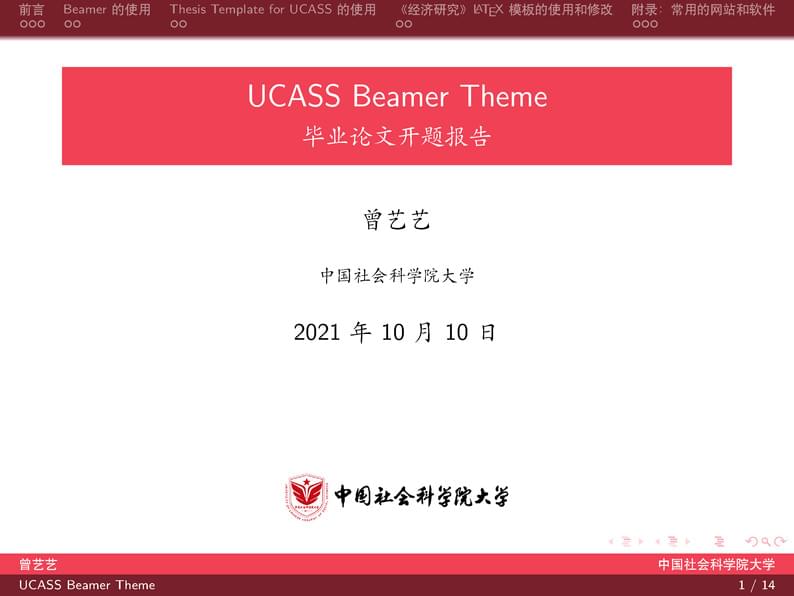
一个简单且方便使用的Beamer主题。 可以修改logo,颜色,进行个性化定制。
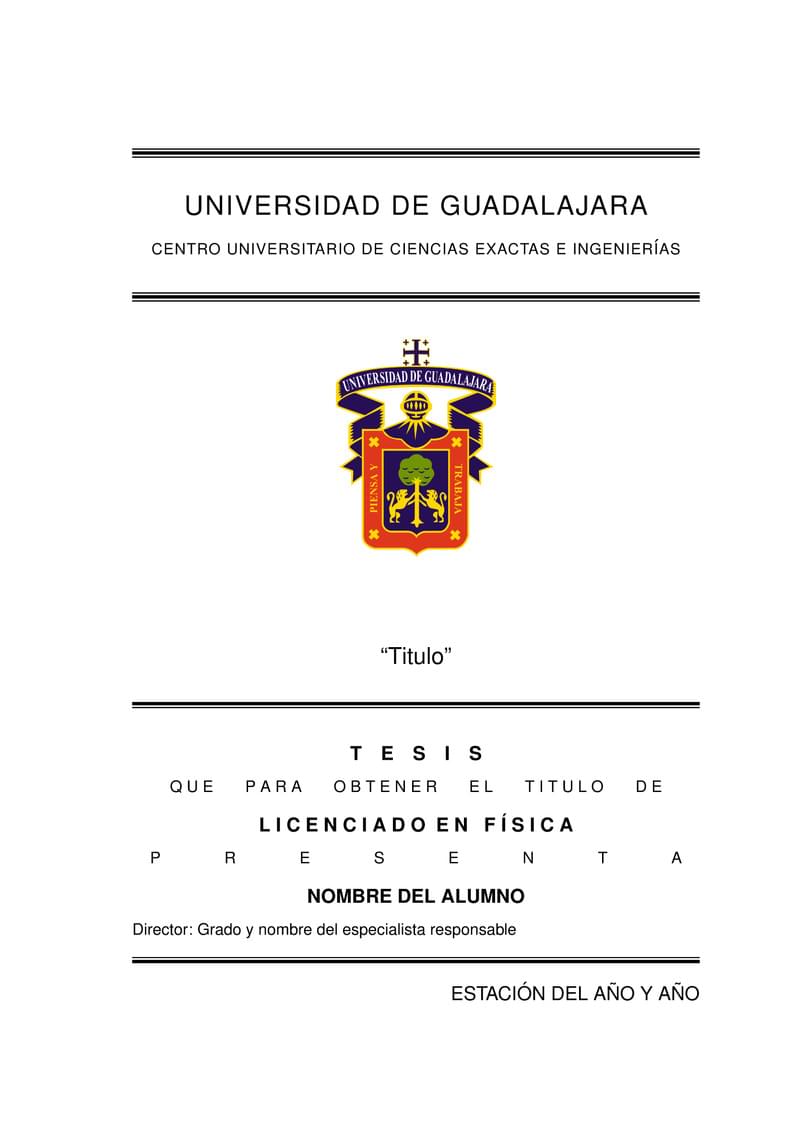
Plantilla de Tesis UDG, para la licenciatura en física
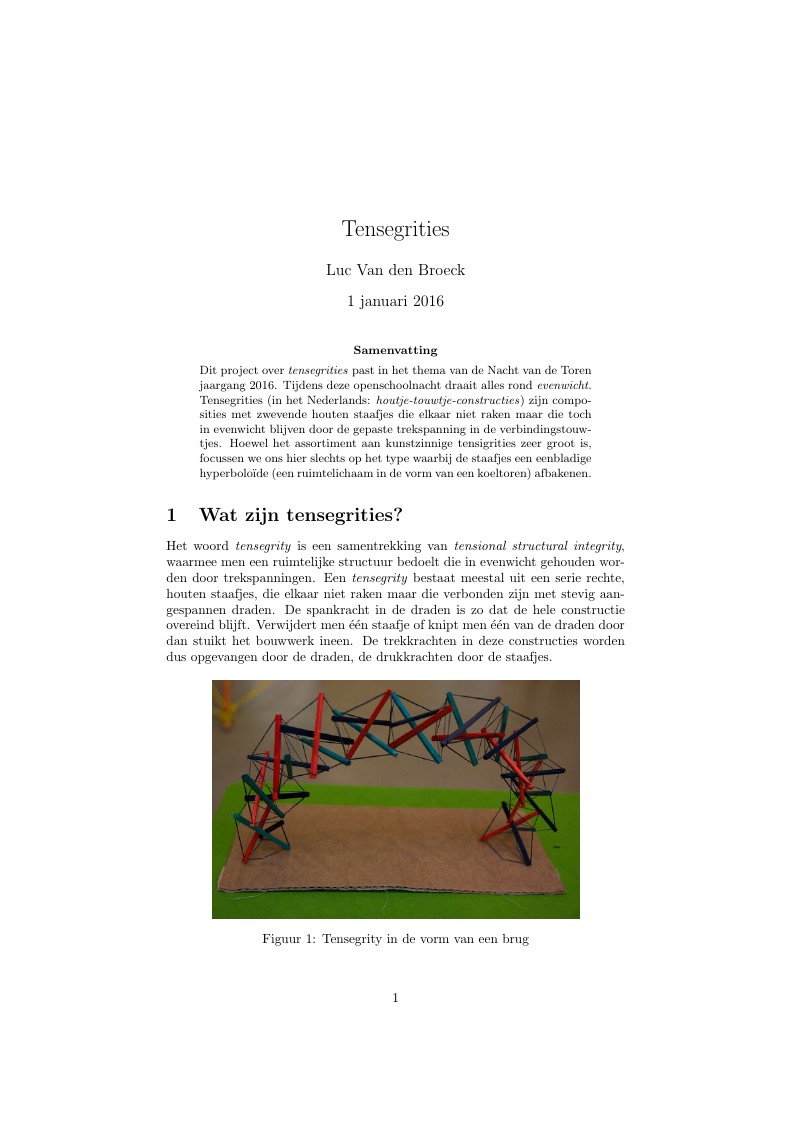
Dit project over tensegrities past in het thema van de Nacht van de Toren jaargang 2016. Tijdens deze openschoolnacht draait alles rond evenwicht. Tensegrities (in het Nederlands: houtje-touwtje-constructies) zijn composities met zwevende houten staafjes die elkaar niet raken maar die toch in evenwicht blijven door de gepaste trekspanning in de verbindingstouwtjes. Hoewel het assortiment aan kunstzinnige tensigrities zeer groot is, focussen we ons hier slechts op het type waarbij de staafjes een eenbladige hyperboloïde (een ruimtelichaam in de vorm van een koeltoren) afbakenen.
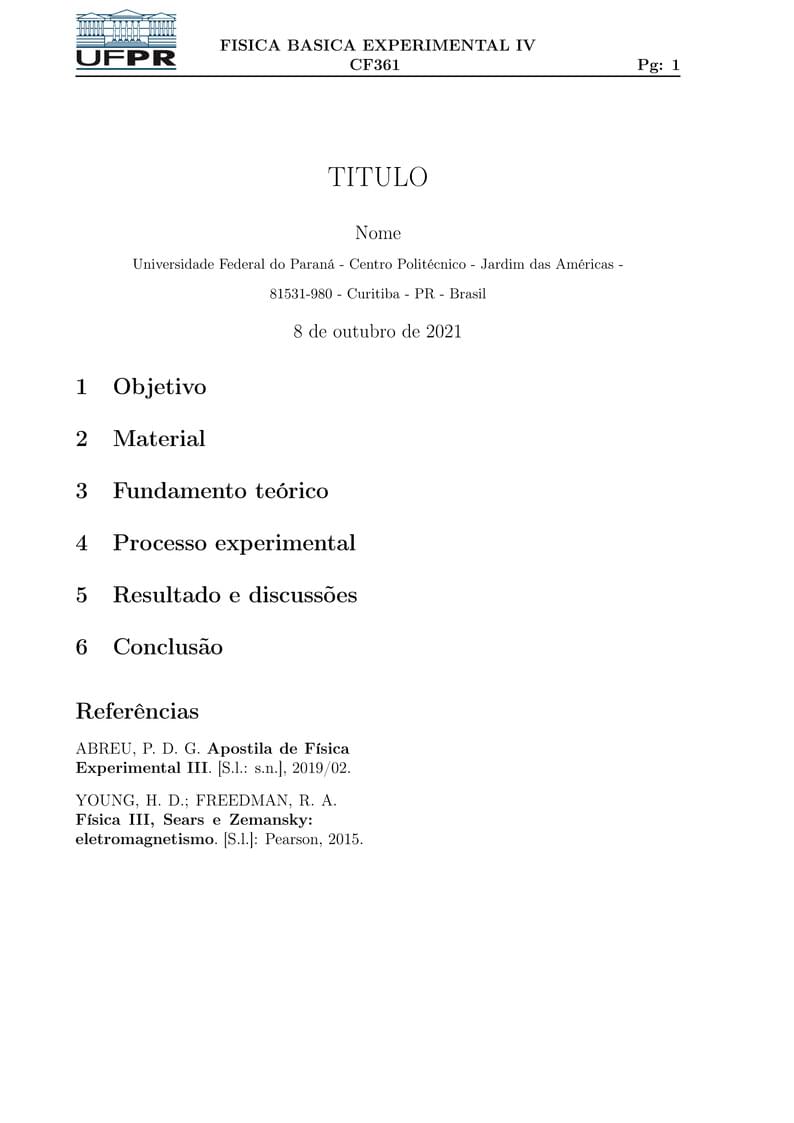
Um template simples com as ferramentas pré configuradas e montadas para escrita de um relatório simples.
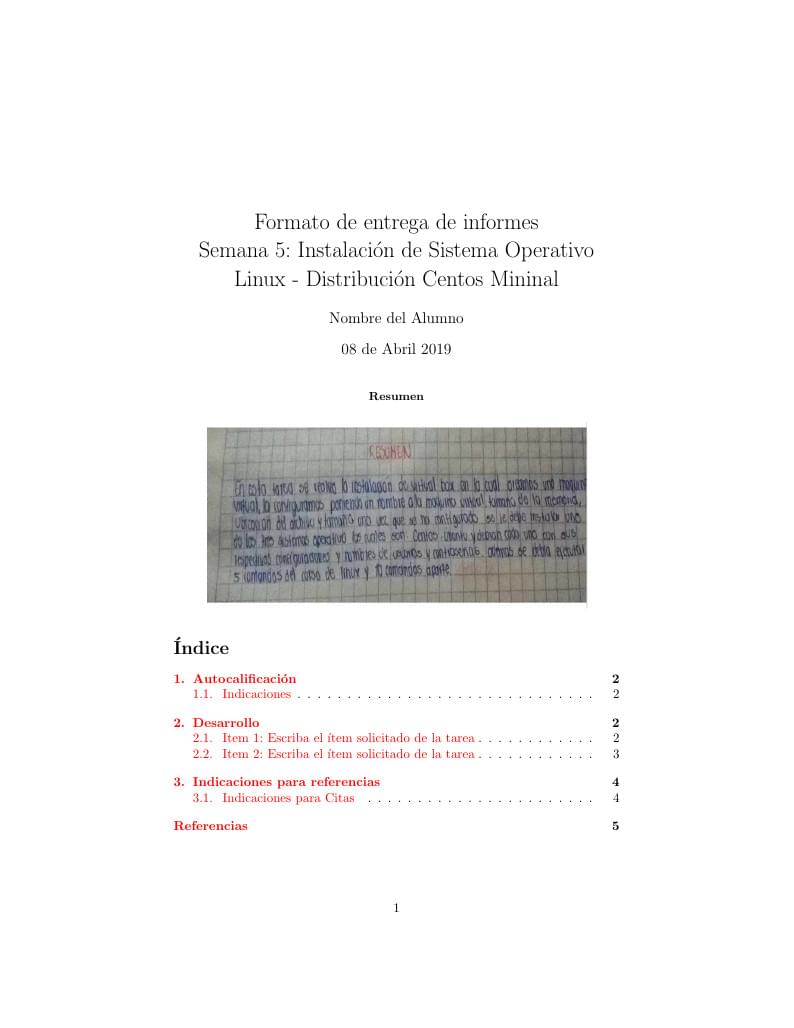
Formato de entrega de informes Semana 5: Instalación de Sistema Operativo Linux - Distribución Centos Mininal
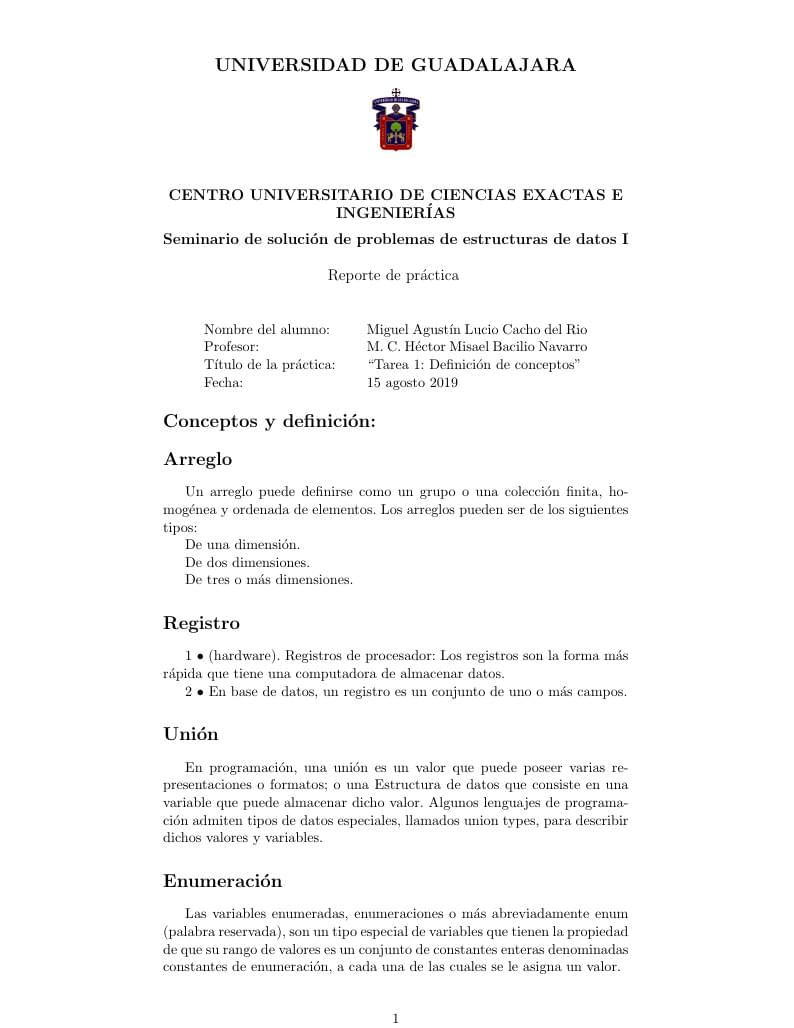
definiciones de los conceptos de la primera unidad
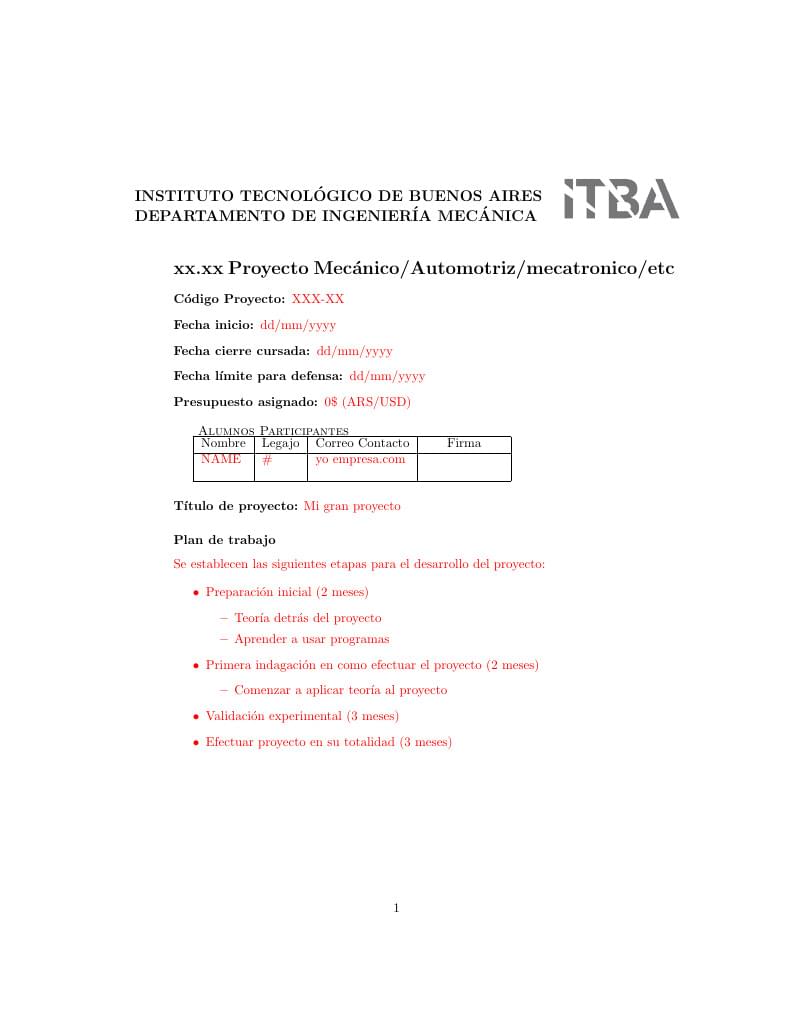
Antes de comenzar a desarrollar un proyecto final tiene que estar aprobado por las autoridades que correspondan. Este documento contiene los datos que resumen el proyecto y el formato para avalar el proyecto según lo estipulado Julio 2019.
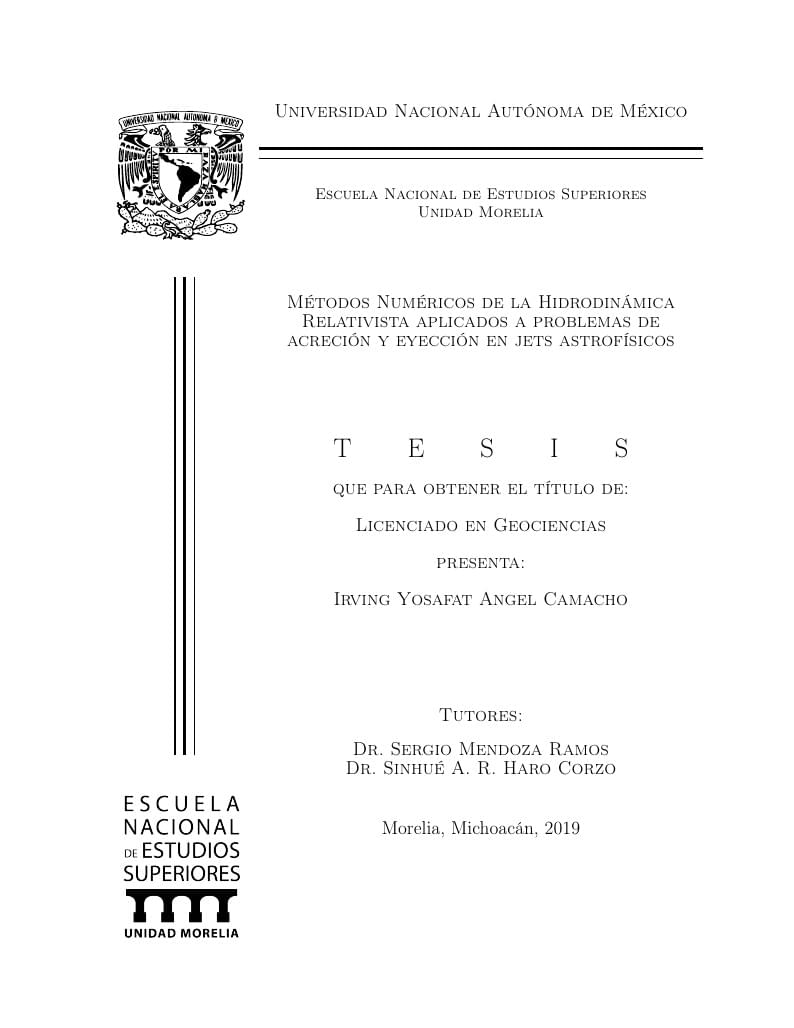
Este formato es para tesis de licenciatura. Ya existe una en la galería de overleaf, pero no te permite modificar la portada a tu gusto, es decir, en este formato puedes cambiar la posición de cada objeto; cambiar tutor a tutores o incluso escribir asesore en lugar de tutores. También se puede ajustar los tamaños de texto y el acomodo de las barras.
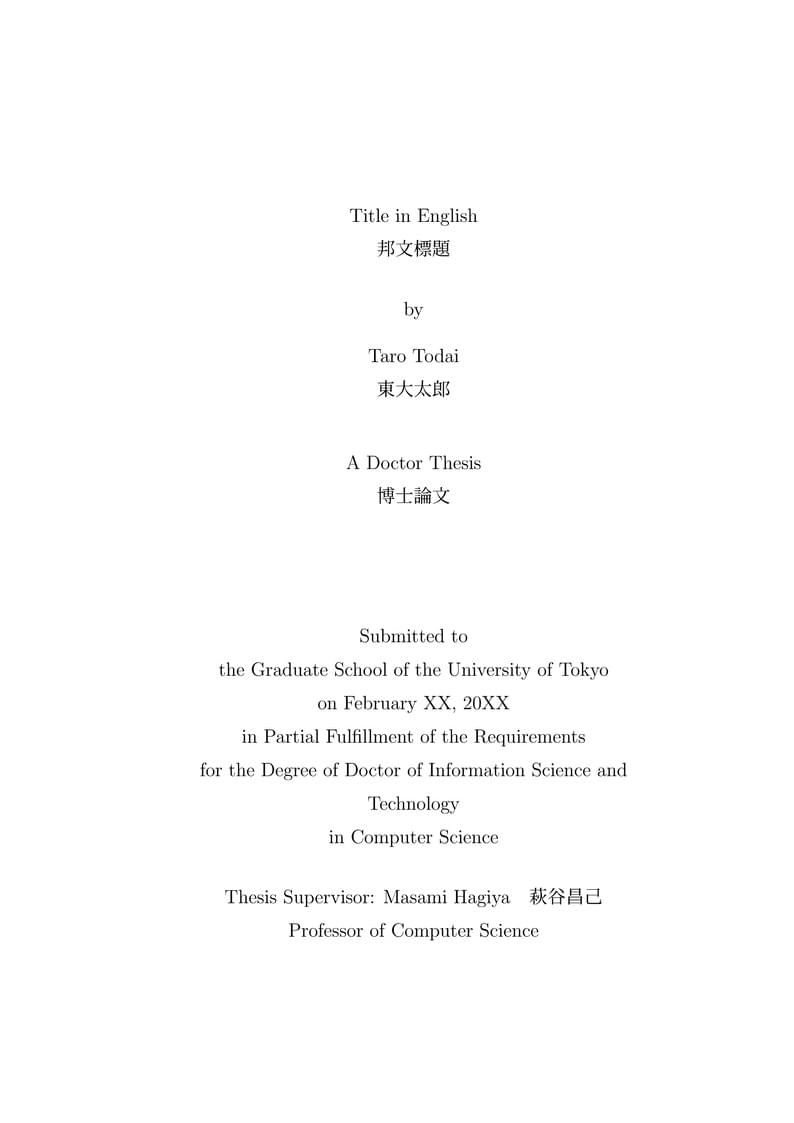
東京大学大学院情報理工学系研究科コンピュータ科学専攻 博士論文をを組版するためのドキュメントクラス iscs-thesis (v1.3) を Overleaf に対応させたものです。
\begin
Discover why over 20 million people worldwide trust Overleaf with their work.